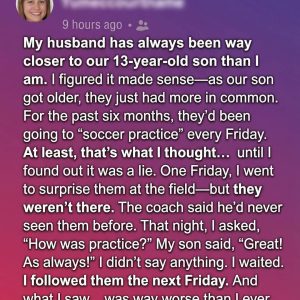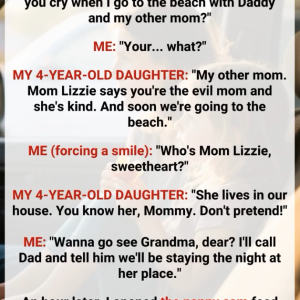Six months after my divorce, we adopted Tank from the shelter. They had labeled him “unadoptable”—he was too large, too strong, and had an “intimidating presence.” But I noticed how he flinched when someone raised their voice and how gently he sat when my daughter, Leila, peeked at him through the kennel.
He didn’t bark. He simply waited.
I decided to bring him home despite everyone’s warnings.
Leila, who was five at the time, hadn’t been able to sleep through the night since her dad left. The nightmares, bedwetting, and late-night sobbing were heartbreaking. We tried everything, from therapy to different approaches, but nothing helped.Then one night, she climbed onto the couch where Tank was sleeping, legs sprawled like a tired old bear. She curled up next to him, whispering, “Don’t worry, I have nightmares too.” Tank didn’t move. But she stayed there all night.
From then on, she called him her “dream bouncer.” She said that when Tank was near, the bad dreams couldn’t get in.
It worked—until someone in the building complained.
A neighbor reported that Tank was a dangerous dog, claiming her child was terrified of him. Management visited, clipboard in hand, and gave us an ultimatum: remove the dog or face consequences.I looked at Tank—curled up with Leila, her fingers resting on his ear—and knew what I had to do.
I was not going to give up easily.The next day, I started reaching out to friends who knew about tenant rights and pet policies, then contacted local shelters for advice. Marcy from one shelter suggested I gather a petition from neighbors. She said if I got enough support, management might reconsider.





